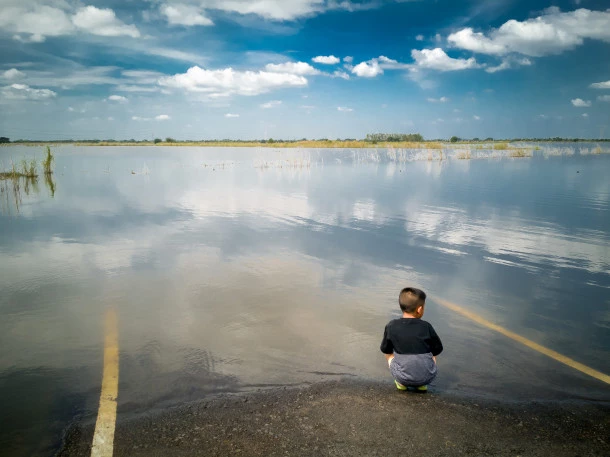Refugee children and youth, many of whom were born and raised in the camps, account for almost half (46%) of the refugee population and approximately 24,500 children are currently receiving their basic education in schools in the camps. Education for the refugee population has been strongly influenced by ethnic education provision in contested areas of southeast Myanmar, where the majority of refugees originate. Refugee education is administered mainly by Karen and Karenni refugee education authorities in the camps, with the support of international NGOs. The children’s mother tongue is predominately used as the language of instruction with Burmese and English introduced as language subjects by Grade 3. The curriculum is mostly localized, making it relevant to the ethnic identity and culture of the children. This however has meant that refugee children’s education is not recognized by the Myanmar or Thailand education systems, jeopardising education continuity when children leave the camps.
Connect with us :

